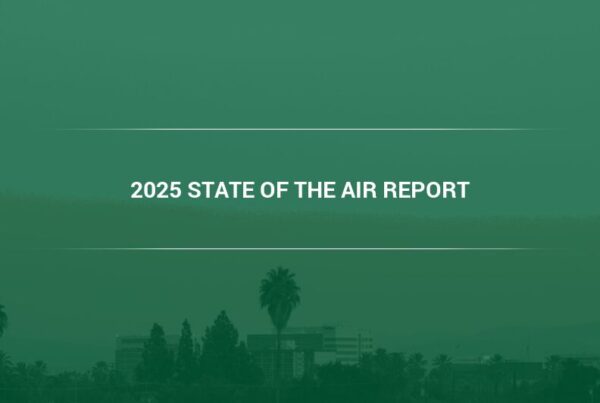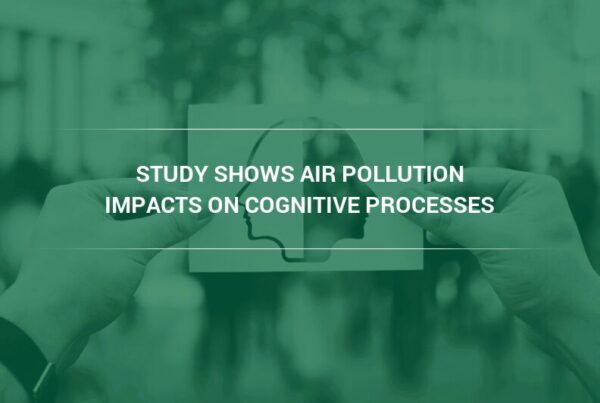Air pollution does a great deal of harm to the health of society and the environment, so it is extremely important that we investigate the best ways to reduce it. Reducing air pollution with energy efficiency is a potential way of fighting air pollution. Can improving energy efficiency really reduce air pollution? If it is a viable strategy for reducing air pollution, how does it function?
Energy Generation Produces Air Pollution
There are many different sources of air pollution, some sources are natural (such as volcanoes and wildfires) and some sources are man-made. Energy generation produces air pollution, along with other forms of human activity. Energy generation is one of the greatest sources of air pollution, and the pollutants it releases can manifest themselves in different ways.
Energy generation facilities can release pollutants like particulate matter, nitrogen oxide, sulfur dioxide, Volatile Organic Compounds (VOCs), and carbon monoxide. These air pollutants come from a variety of different types of energy generation, but they are released primarily by the energy plants that burn fossil fuels to create energy.
“Coal is arguably the dirtiest fossil fuel of them all, as it tends to create more air pollution than any other form of energy generation,” says Camfil’s Charlie Seyffer, Manager of Marketing & Technical Materials and 37-year ASHRAE member and active committee participant. “Coal burning is responsible for around 80% of all air pollution emissions from power plants, even though it generates only about 44% of the United States’ energy. Coal pollutes at every single phase of energy production, and energy generation using coal releases a lot of particulate matter into the air. This pollution leads to acid rain, global warming, soot accumulation, and of course the health problems associated with poor air quality.” (1)
Natural gas is becoming a larger industry in the U.S., as the nation begins to turn away from coal. While natural gas is definitely cleaner than coal, it can release its own emissions. Some air pollutants are emitted during the burning of natural gas, and the extraction of natural gas can sometimes lead to methane leaks. Methane is the main component of natural gas and as a greenhouse gas, it traps far more heat than carbon dioxide.
Even green, renewable forms of energy like solar and wind can produce pollutants during the manufacturing and operation of their component parts. While these emissions are definitely fewer in number than the emissions released by the burning of fossil fuels, it is important to limit them when we can.
Improving Energy Efficiency
If the generation of energy creates air pollution, then one of the best ways to reduce air pollution is to improve energy efficiency. Improving energy efficiency means both making systems more efficient so that they demand less power to operate, and improving how much energy is generated per unit of air pollution.
Designing “green” buildings and infrastructure is a way to improve efficiency. Green buildings are designed, constructed, and operated with energy-efficient principles in mind.
“An example of green building is putting windows where the sun shines on a building in the winter, meaning that the building will get some natural heat and have to rely less on heating with fossil fuels,” says Seyffer. “Green design and operation of buildings are especially important for countries with rapidly expanding cities and economies, such as China, as expansion without green design principles can be tremendously wasteful.” (2)
Improving the efficiency of fossil fuel power plants can cut down on air pollution substantially, as they are amongst the biggest air polluters. Fossil fuel plants can employ carbon capture and storage technology to reduce levels of carbon emission per unit of electricity generated. The smart design of combustion units can improve efficiency by using the thermal heat gained from one unit to power others, so limiting the loss of heat means less combustion and less pollution.
In terms of efficiency, it is difficult to get more energy efficient than drawing power from renewable resources. Once a renewable energy plant is installed it takes considerably less investment to keep it running, and it produces power from natural sources. This is particularly true of solar power, as solar power puts the energy the planet gets directly from the sun to use. Investing in renewable, alternative forms of energy is an excellent way to reduce air pollution.
Reducing Air Pollution With Energy Efficiency Works
Reducing air pollution with energy efficiency works and effectively reduces emissions, according to research done on the effectiveness of energy efficiency programs. The exact amount of emissions prevented will vary from place to place and program to program, but current estimates show a substantial reduction in levels of ambient air pollution by using more energy efficient methods.
“A 2015 study examines the effectiveness of an energy efficiency program China was instituting its cement industry, and it found that by 2030 the program will decrease levels of carbon dioxide in China by around 5-8%, levels of sulfur dioxide by around 15-25%, nitrogen oxide levels by 12-20% and particulate matter pollution levels by around 3-5%,” says Seyffer. (3)
A separate investigation was done by the Committee on Climate Change, investigating the results of an energy efficiency initiative in the UK. The initiative covered changes like draught-proofing, installing more efficient appliances, and increasing insulation. The CCC estimates that the improvements brought about by the initiative could reduce annual C02 emissions by almost 17 million tons by the year 2020.
It’s important to pursue the development of more energy efficient systems, as increased energy efficiency can reduce air pollution dramatically, even if the results are not immediately apparent to us.
Reducing air pollution with energy efficiency is a viable strategy, so contact Camfil USA Commercial Air Filter Company today. Camfil can provide you with information on improving your high energy efficiency and doing your part to fight air pollution. In many cases, simply changing air filters to a different configuration can save 30 to 40% in energy.
SOURCES:



